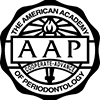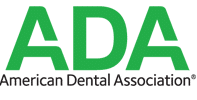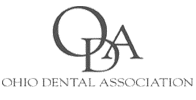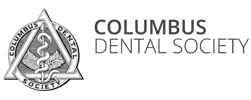This is the second of a five-part newsletter series that discusses etiology, risk factors, diagnosis, prevention, and treatment of peri-implant disease.
A direct relationship exists between peri-implant diseases and bacterial plaque resulting in an inflammatory response that leads to a complex host response causing tissue damage. The inflammatory cells secrete cytokines and matrix metalloproteinases that cause both connective tissue and bone breakdown.
Our previous newsletter article differentiated between peri-implant mucositis (soft-tissue inflammatory condition affecting implant sites with no evidence of bone loss) and peri-implantitis (inflammatory condition affecting implant sites that present with bone loss). Peri-implant mucositis generally results from bacterial plaque accumulation and can be reversible to health with proper plaque control and healing. Not all sites with peri-implant mucositis progresses to peri-implantitis, much like natural teeth with gingivitis that might not progress to periodontitis.
In a natural tooth, the supracrestal transgingival and gingival fibers, which attach to the tooth surface, act as a defense mechanism against inflammation progressing apically to cause bone loss. Around an implant, the connective tissue fibers are circumferential in nature and considered poor biologic mechanism to prevent or slow down the advancement of disease. This allows the inflammation to progress easier toward the supporting bone, thus resulting in the loss of both the surrounding hard and soft tissues.
The rate of bone loss with peri-implantitis varies. Various risk factors for peri-implant diseases (diabetes, smoking, history of periodontal disease, etc) play a large role in determining rate of bone loss.
Peri-implant disease have mainly been associated with gram-negative anaerobic bacteria, similar to the periodontal pathogens. Other types of bacteria (such as Staph aureus) and virus (such as Epstein Barr virus) has been found in subgingival plaque, suggesting a complex microbiota around implants with bone loss that requries much research.
(Next month – Predisposing Risk Factors for Peri-Implant Diseases)

 Dr. Sakamoto
Dr. Sakamoto
 Dr. Mannava
Dr. Mannava
 Our Team
Our Team
 FIRST VISIT
FIRST VISIT
 PATIENT FORMS
PATIENT FORMS
 DENTAL INSURANCE
DENTAL INSURANCE
 POST-OP INSTRUCTIONS
POST-OP INSTRUCTIONS







